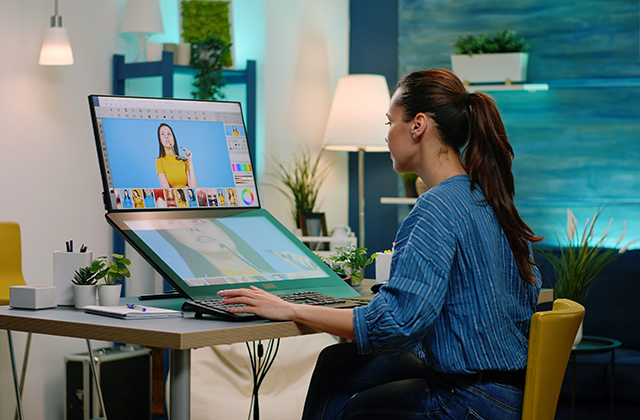A tv storyboard is a visual representation of a story or narrative, typically used in film, television, animation, or other forms of media production. It consists of a series of images or illustrations that are arranged in sequence to depict the various scenes or shots of a story.
Creating a storyboard typically involves the following steps:
- Develop the story: First, you need to have a clear idea of the story you want to tell. This could be a script, a synopsis, or just a rough idea.
- Break the story into scenes: Divide the story into smaller, manageable scenes or sequences that can be depicted visually.
- Sketch the scenes: Sketch each scene or shot in a simple, rough drawing. You don’t need to be an artist; stick figures and simple shapes will do.
- Add details: Add any necessary details to each scene, such as camera angles, lighting, dialogue, and action.
- Arrange the scenes: Arrange the scenes in the order they will appear in the final product, using a storyboard template or a series of panels.
- Review and revise: Review the storyboard with others involved in the project, such as the director, producer, or cinematographer, and make any necessary revisions.
Storyboarding can be done on paper or digitally using specialized software, such as Adobe Photoshop, Sketch, or Storyboarder. The key is to create a visual representation of the story that can be easily shared and understood by everyone involved in the production process. Click here to know the production process to have better understanding in working with storyboard.
